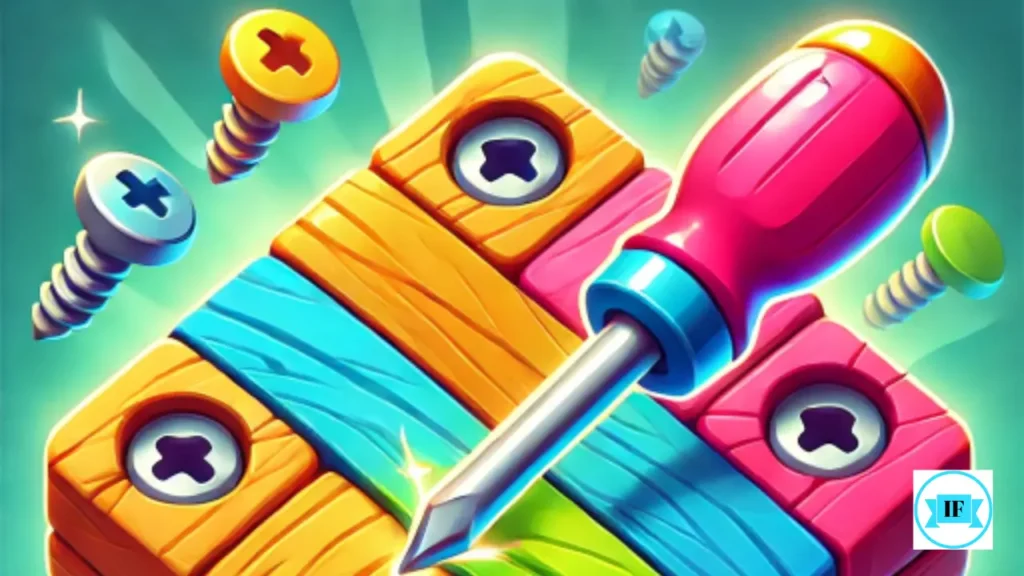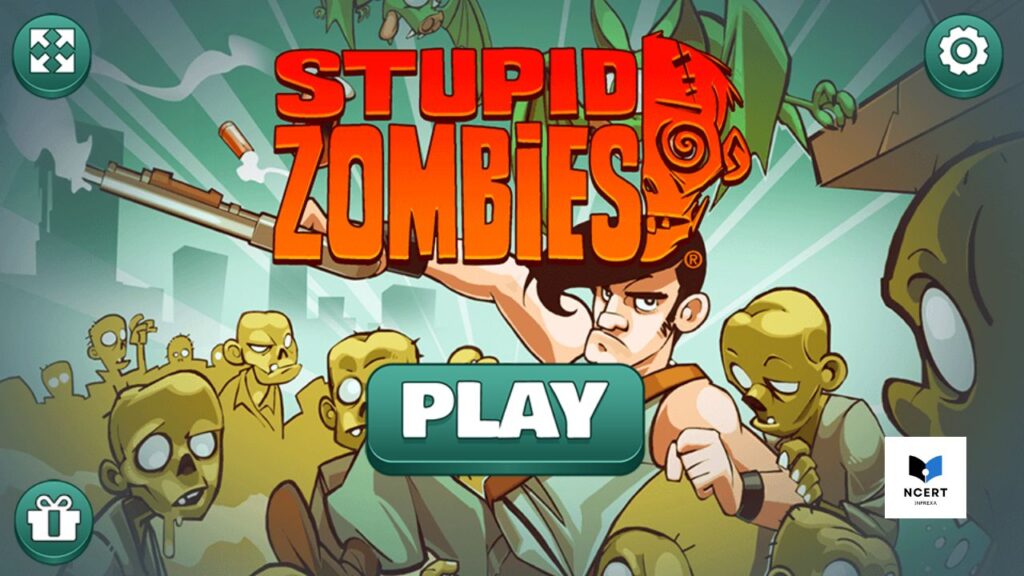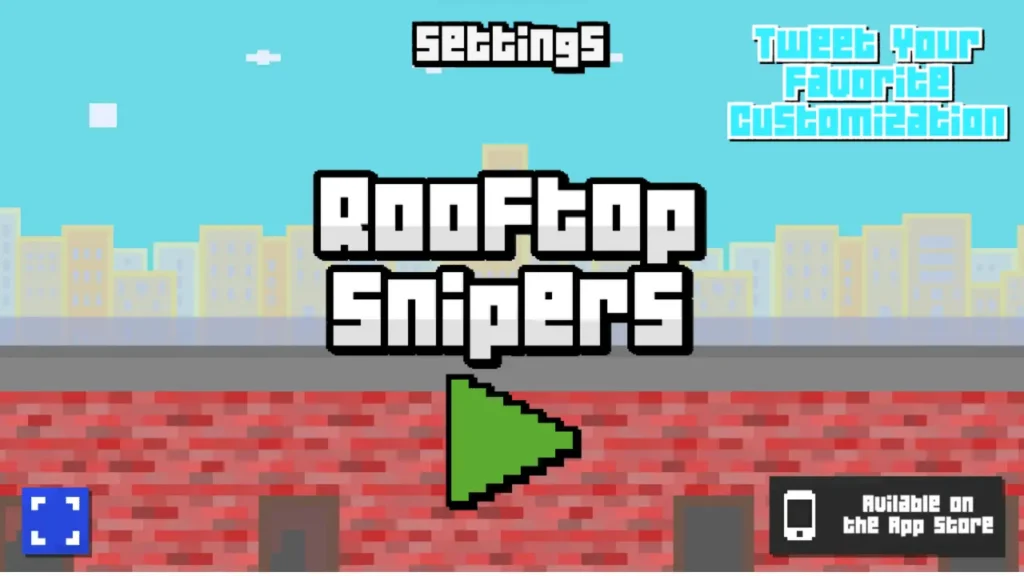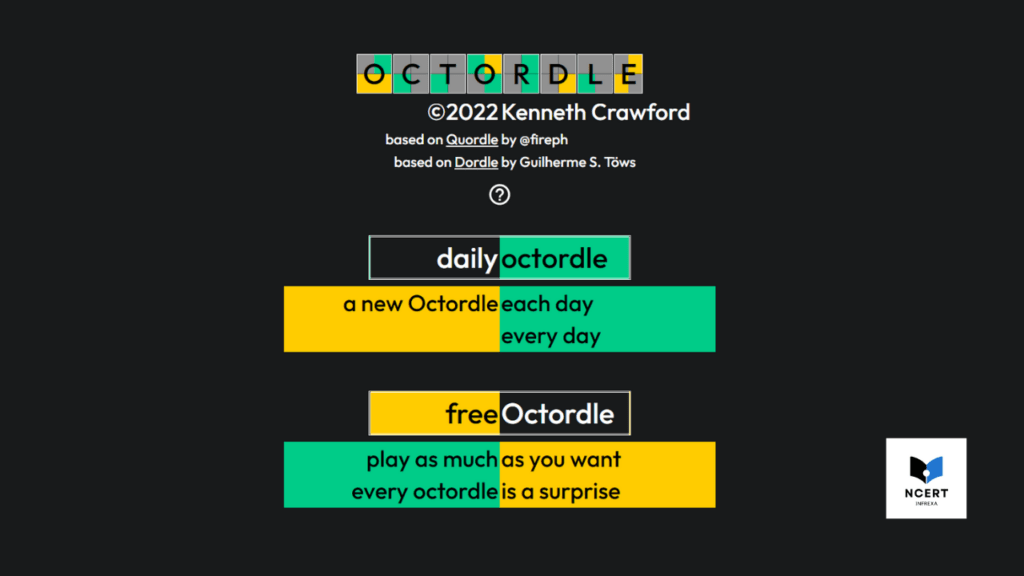Tic-Tac-Toe Multiplayer elevates the classic 3×3 game by introducing expanded grid sizes (5×5 and 7×7) and online competition. This shift moves the game from simple avoidance to deep positional strategy, requiring different tactics than the childhood version.
| Detail | Information |
|---|---|
| Game Type | Abstract Strategy, Local & Online Competition |
| Modes | Singleplayer (vs. AI), Online Multiplayer |
| Key Feature | Expanded Grid Sizes (5×5, 7×7) |
| Platforms | Web Browser (Desktop & Mobile) |
What Changes with Bigger Grids?
The most important rule change is that the number of symbols required to win varies by grid size, completely altering the game’s strategy.
| Grid Size | Win Condition | Gameplay Dynamics |
|---|---|---|
| 3×3 (Standard) | 3 symbols in a row. | Perfect play always results in a draw. Strategy focuses on not making the first mistake. |
| 5×5 (Intermediate) | 4 symbols in a row (typically). | The grid is large enough that a perfect, unblockable opening move is possible, making the first player hold a heavy advantage. |
| 7×7 (Advanced) | 5 symbols in a row (typically). | Focus shifts entirely to creating and blocking long open-ended chains far from the center. |
Strategy Tactics: 3×3 vs. Expanded Grids
Traditional Tic-Tac-Toe tips are useless on a 5×5 or 7×7 board. Here is how your strategy must adapt:
1. 3×3 Strategy (Avoid the Loss)
The goal here is simply not to lose. Since the game is solved, focusing on the highest-value positions forces a draw against any skilled opponent.
- Priority 1: Own the Center. The center square is always the most valuable position, as it contributes to four potential winning lines. Take it on your first move if possible.
- Priority 2: Use Corners for Forks. Corners offer three potential lines. Use them to set up forks (creating two simultaneous threats that the opponent cannot block in one move).
- Priority 3: Block Immediately. Never allow your opponent to create a two-in-a-row threat that you don’t instantly counter. Any delay will result in a loss or a forced fork against you.
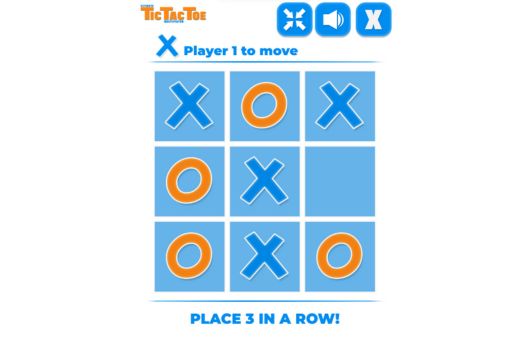
2. Winning Tactics for 5×5 and 7×7 Grids
These games are unsolved, meaning the first player has a strong chance of winning by creating threats the opponent cannot manage.
| Tactic | Application on Expanded Grids | Experienced Insight |
|---|---|---|
| Focus on Open Ends | Focus moves on creating uninterrupted lines that have open space on both ends. This creates the maximum number of threats. | On a large board, two 3-in-a-rows with open ends are far more dangerous than one 4-in-a-row that hits the edge of the board. |
| Ignore the Center | In large grids, the center square is only one of many high-value intersection points. | The center is less critical because most winning lines are formed by extending out toward the edges. Focus on the 3rd or 4th rings out from the center instead. |
| Create 4-Line Chains | Always work to create patterns that threaten four simultaneous potential wins (a 4-way fork). This is often achieved by combining two long, open diagonal lines with one vertical or horizontal line. | This is the highest-level strategy. If you can create an X that intersects a straight line, it usually forces the opponent into a no-win scenario. |
| The Blocking Strategy | When blocking an opponent, don’t just block their immediate line. Block the intersection that would serve as the hub for their next two moves. | If they have two symbols in a row, block the square they need next. If they have three, block the end of their line that points to the most open space. |
How to Start a Game
You can play Tic-Tac-Toe Multiplayer either against a computer AI or online against other players worldwide.
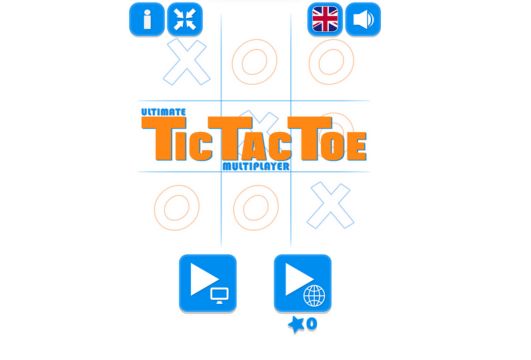
- Select the game mode, either Singleplayer (vs. AI) or Multiplayer (vs. Friend or Public).
- Pick your desired Grid Size or layout: 3×3 (perfect play draw), 5×5 (intermediate strategy), or 7×7 (advanced strategy). This is the most crucial decision, as it defines the game’s required strategy.
- Take Your Turn. The first player (X) starts by clicking on any empty cell. The game proceeds turn-by-turn
- Play continues until one player completes the required number of consecutive symbols (usually 3, 4, or 5 depending on the grid size) or the board is full, resulting in a draw.



